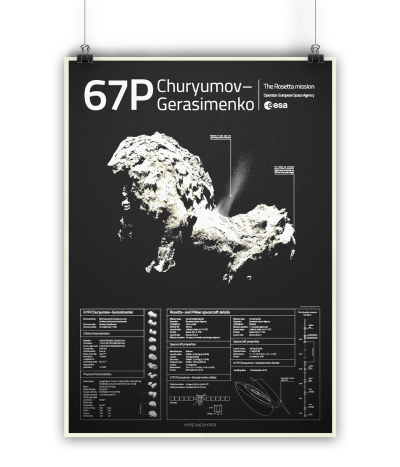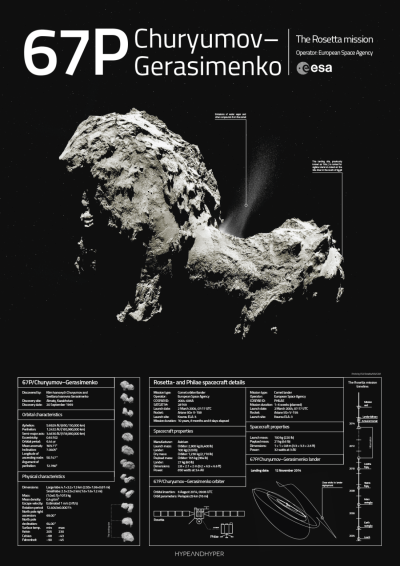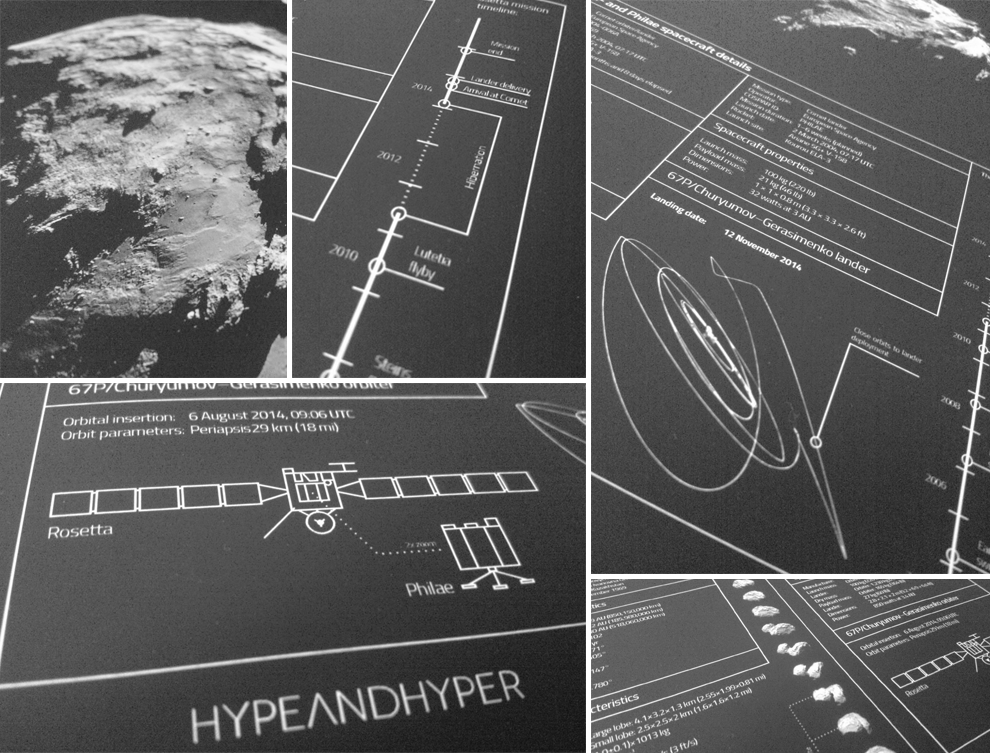10 years after the launch of Rosetta space mission, on this day, at 9:35 AM, Philae lander separates from the probe of the European Space Agency (ESA) so that 7 hours later it can land on the 67P/Churyumov–Gerasimenko comet.
ESA is only informed about the events taking place 511 million kilometers away with a 28-minute delay, but if all goes well, the probe Philae lands on the landing site of the comet named Agilkia (previously: Site J) at approximately 17.00. If everything works out, this will be the first soft landing on the surface of a comet.
After the successful touch down, Philae anchors due to the comet’s rotation speed and weak gravitational force. The surface and underground examinations can only commence after this – these will take two and a half days. The next weeks and months will be about analyses and the charging of Philae through solar panels.
Comets, including 67/P, can be considered the frozen building elements of the solar system, which took part in the supplying the Earth with water and organic substances in the early times. Comets, the Rosetta mission and Philae are all included in the agenda of the Budapest Science Meetup held on Thursday.
We would like to commemorate the historic moment with an infographic poster displaying the data of the comet and the Rosetta probe:




Canoo

Aliz Buzás | Tisza










